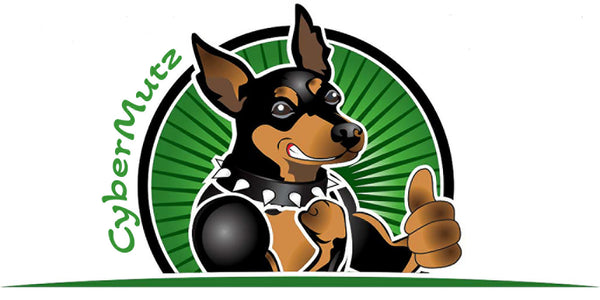
Is Positive Reinforcement Enough? When to Use Boundaries in Dog Training
Share
Is Positive Reinforcement Enough? When to Use Boundaries in Dog Training
Positive reinforcement has become the gold standard in modern dog training—and for good reason. It builds trust, encourages learning, and creates a happy bond between you and your dog. But is praise and treats always enough? And when is it appropriate to set firmer boundaries?
Let’s break down when positive reinforcement works—and when you need to introduce clear structure and limits.
🐾 What Is Positive Reinforcement?
At its core, positive reinforcement means rewarding good behavior to increase the chances it will happen again. This could be:
-
Treats
-
Praise
-
Playtime
-
Toys
-
Affection
When your dog sits on command and gets a treat, they learn that sitting = reward. It’s a powerful motivator—but not the only tool in your training kit.
🧱 The Limitations of Positive Reinforcement Alone
While effective, positive reinforcement doesn’t teach what’s not allowed. Dogs don’t always learn by omission. For example:
-
If your dog jumps on guests and is ignored, they may keep doing it—because it feels fun, not bad.
-
If they chew shoes and you only reward them for chewing a toy, they might not make the connection that shoes are off-limits.
That’s where boundaries come in.
🚫 When to Set Boundaries
Boundaries are not about punishment—they’re about clarity and consistency. Dogs thrive when they know what’s expected.
Use boundaries when:
-
Your dog repeats undesirable behavior despite redirection
-
Safety is at risk (e.g., running into the street)
-
Resource guarding, aggression, or dominance appears
-
Behaviors are self-rewarding (like counter surfing)
🧠 How to Balance Reward and Boundaries
✔️ Combine Correction with Redirection
Say “no” or “uh-uh” firmly, then guide your dog to the right behavior and reward it.
✔️ Use Timeouts Wisely
If your dog plays too rough, a short break can signal that play ends when rules aren’t followed.
✔️ Leverage Leash and Space Control
Sometimes physical space is the best boundary—block a doorway, use a crate, or restrict freedom until good behavior returns.
🐶 Positive Doesn’t Mean Permissive
Being a kind, positive dog owner doesn’t mean allowing every behavior. Dogs are happier when they know the rules, and they feel safer with consistent, fair boundaries.
The key? Stay calm, be consistent, and always lead with love.
